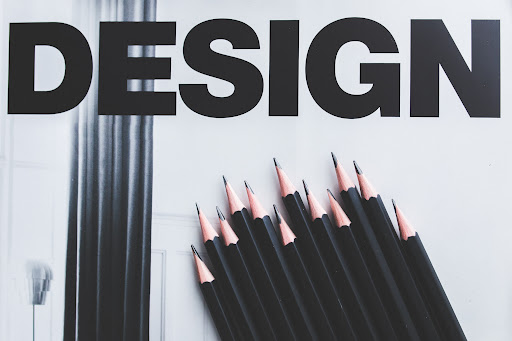If you’re interested in graphic design, it’s easy to want to immediately jump in and start on a project. Before you get knee-deep in trying to learn how to use all of the Adobe programs, it’s important to understand the fundamentals of design. Even though it may sound boring, using these principles will help you make sure that your designs are successful in whatever project you’re taking on.

There are eight basic principles of design
- Balance. This is the distribution of text, shapes, images, and other elements throughout the composition. Designs can be symmetrical, asymmetrical, or even radial.
- Alignment. Play with the scale and proportion of the elements to create an ordered appearance.
- Hierarchy involves highlighting or giving weight to the most important elements so that the audience reads the piece in a certain order.
- Contrast helps to guide the viewer’s attention using lightness and darkness, varying line weights, and using different shapes and sizes to create an interesting composition.
- Rhythm is the overall flow of the design, and directs how the viewer’s eyes see the design. Rhythm can be fluid or progressive.
- Proximity. The different elements in the design need to have a relationship to each other.
- Color. This is one of the more fun aspects of design, but using the right color scheme is key to a good design. Make sure your idea works in black and white as well.
- Space around the elements can highlight certain aspects of the design.
Andrew Haag is a California based photographer, designer, and mixed-media artist who knows how important the principles of design are to being successful.
It’s important for designers to get familiar with the fundamentals of design, and to keep them in mind every time you work on a project. Once you know the rules, then you can break them with intention!
Leave a Reply